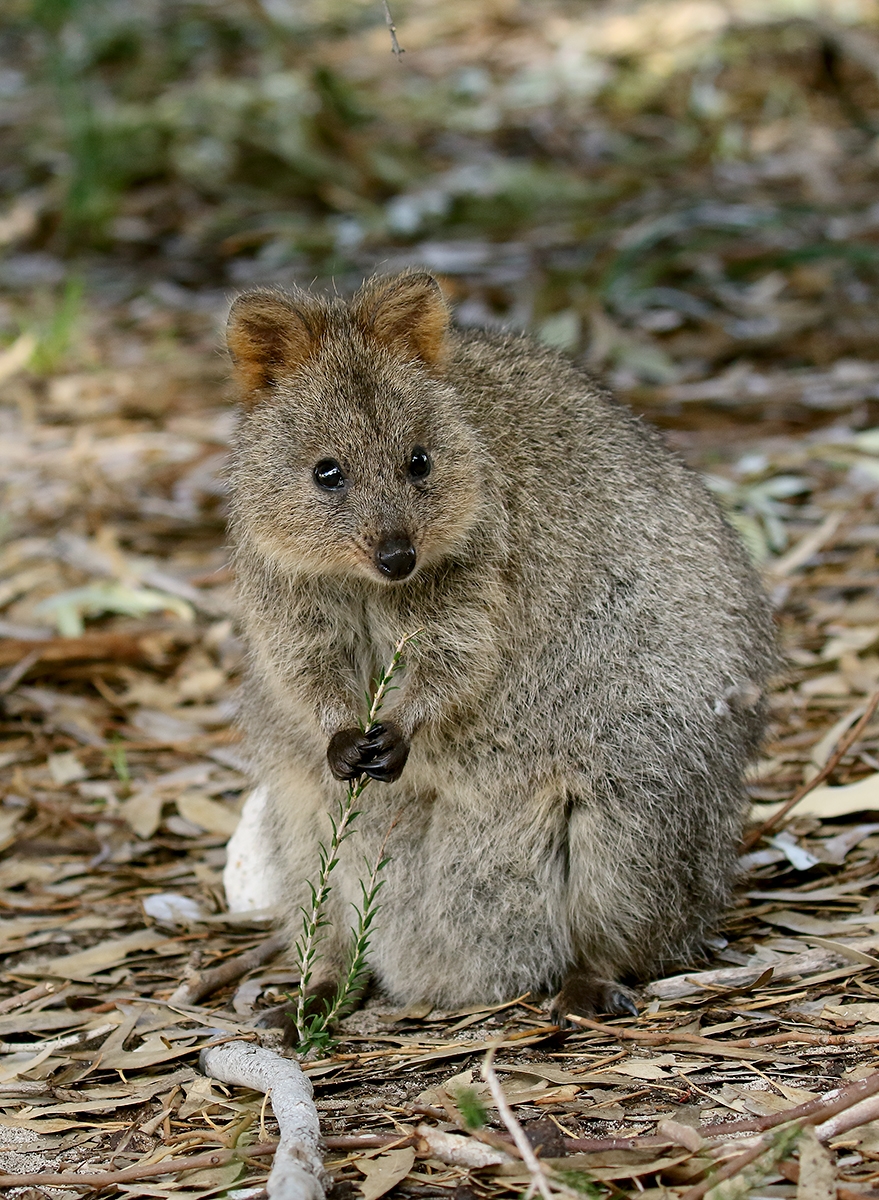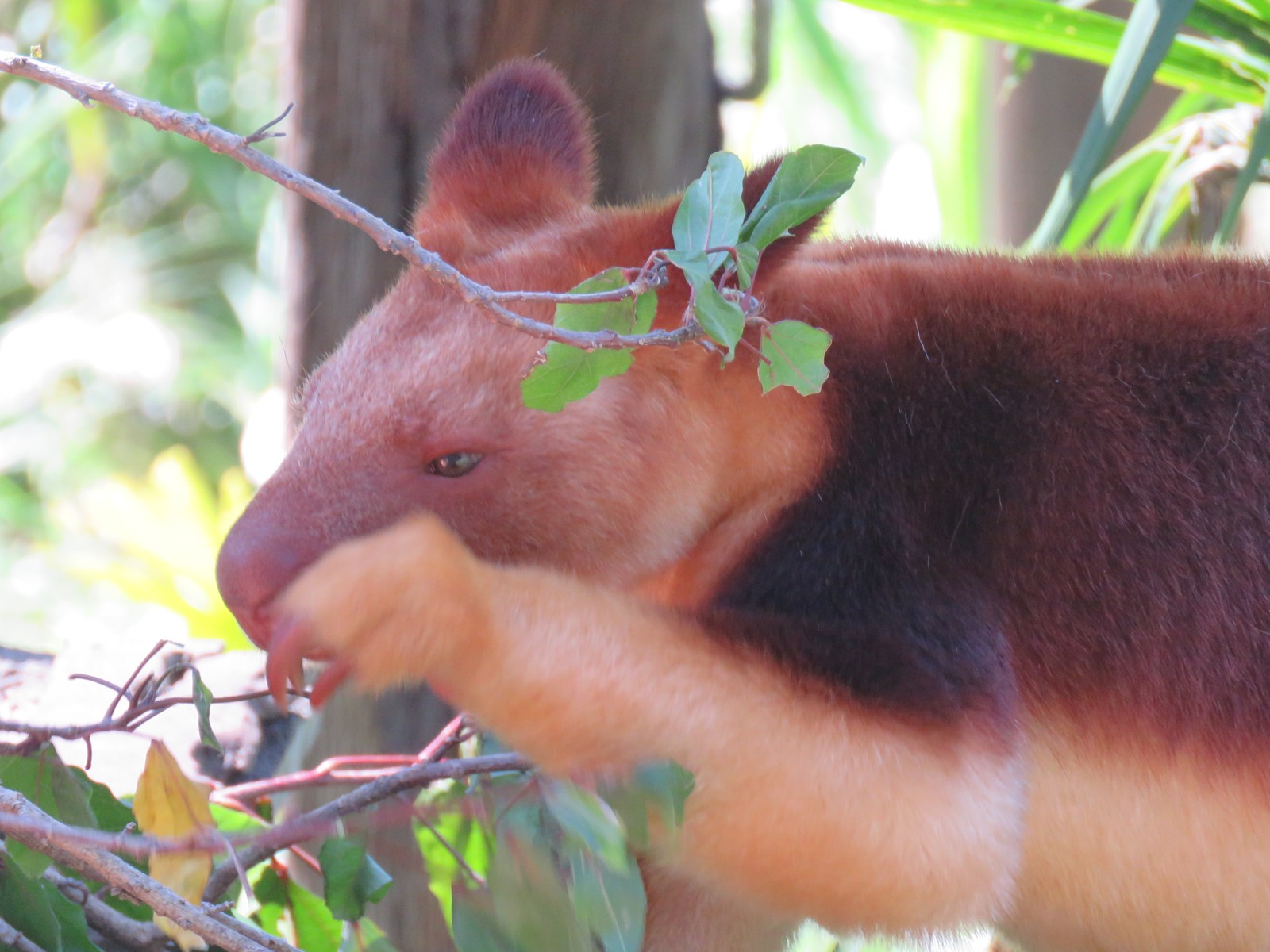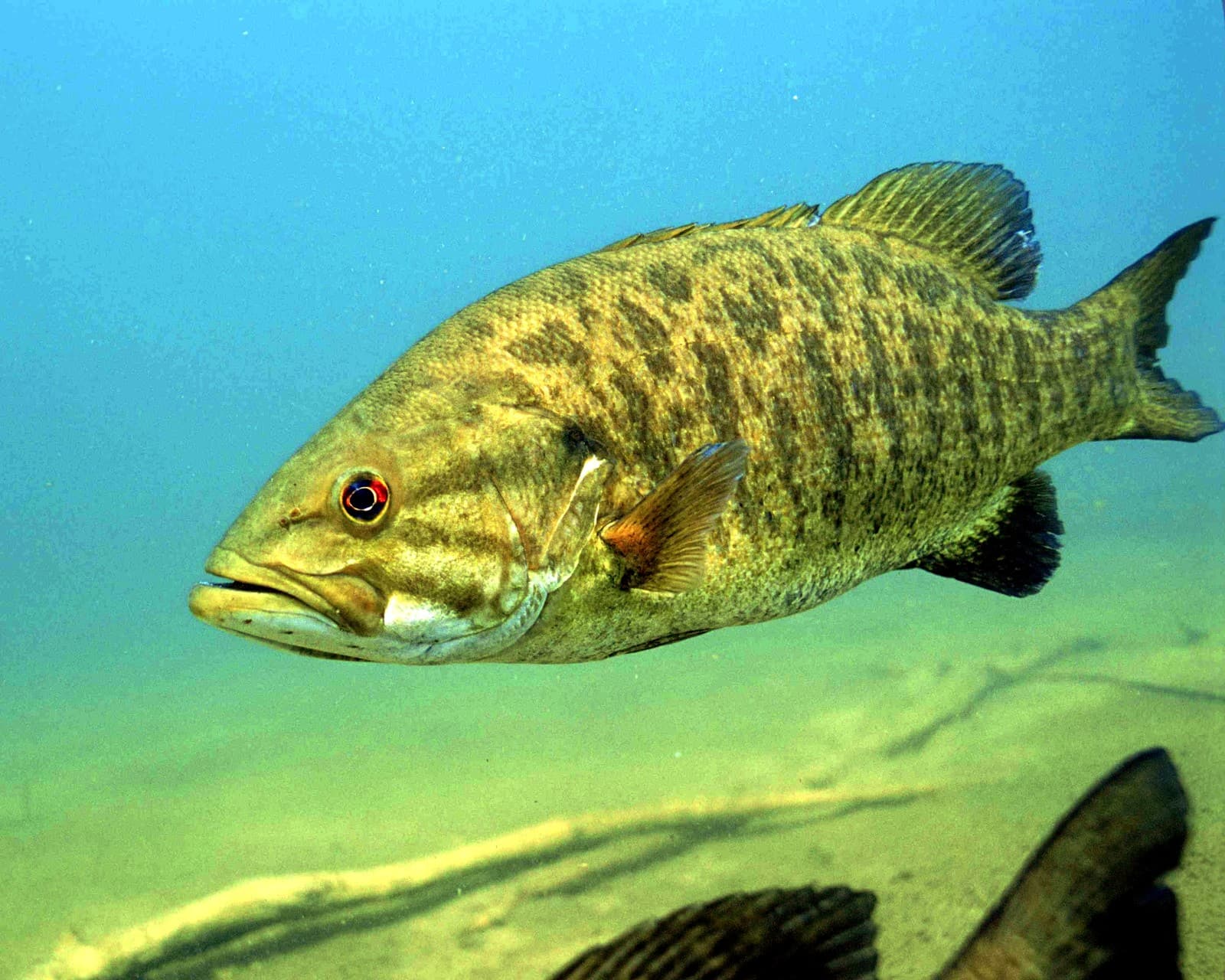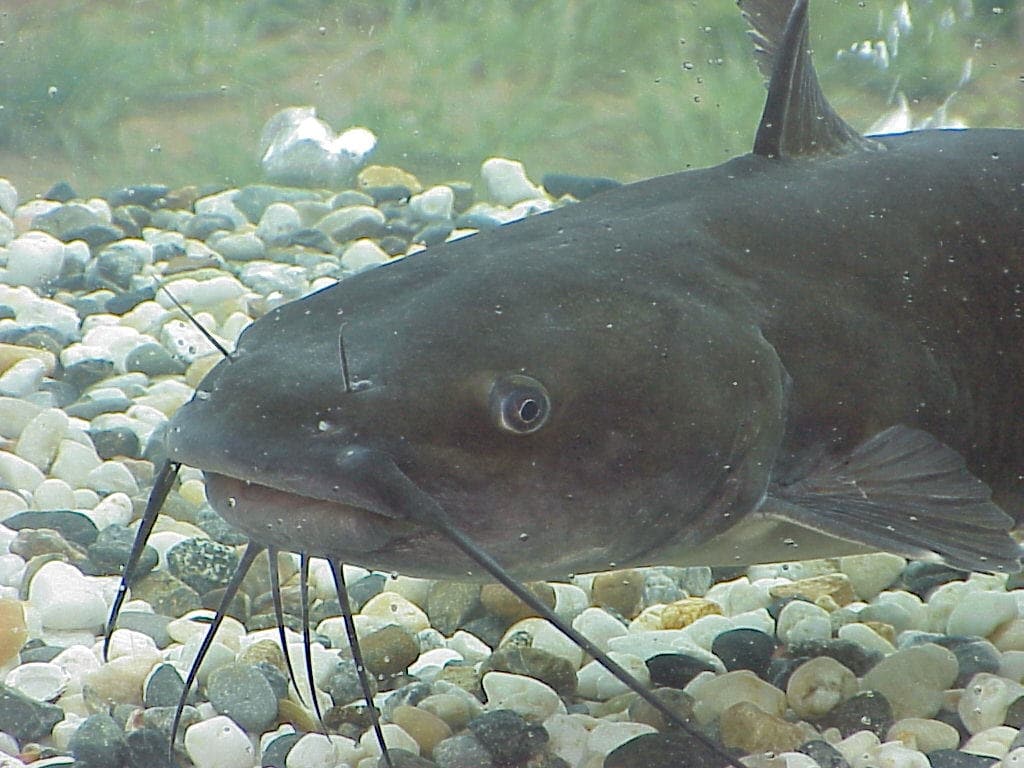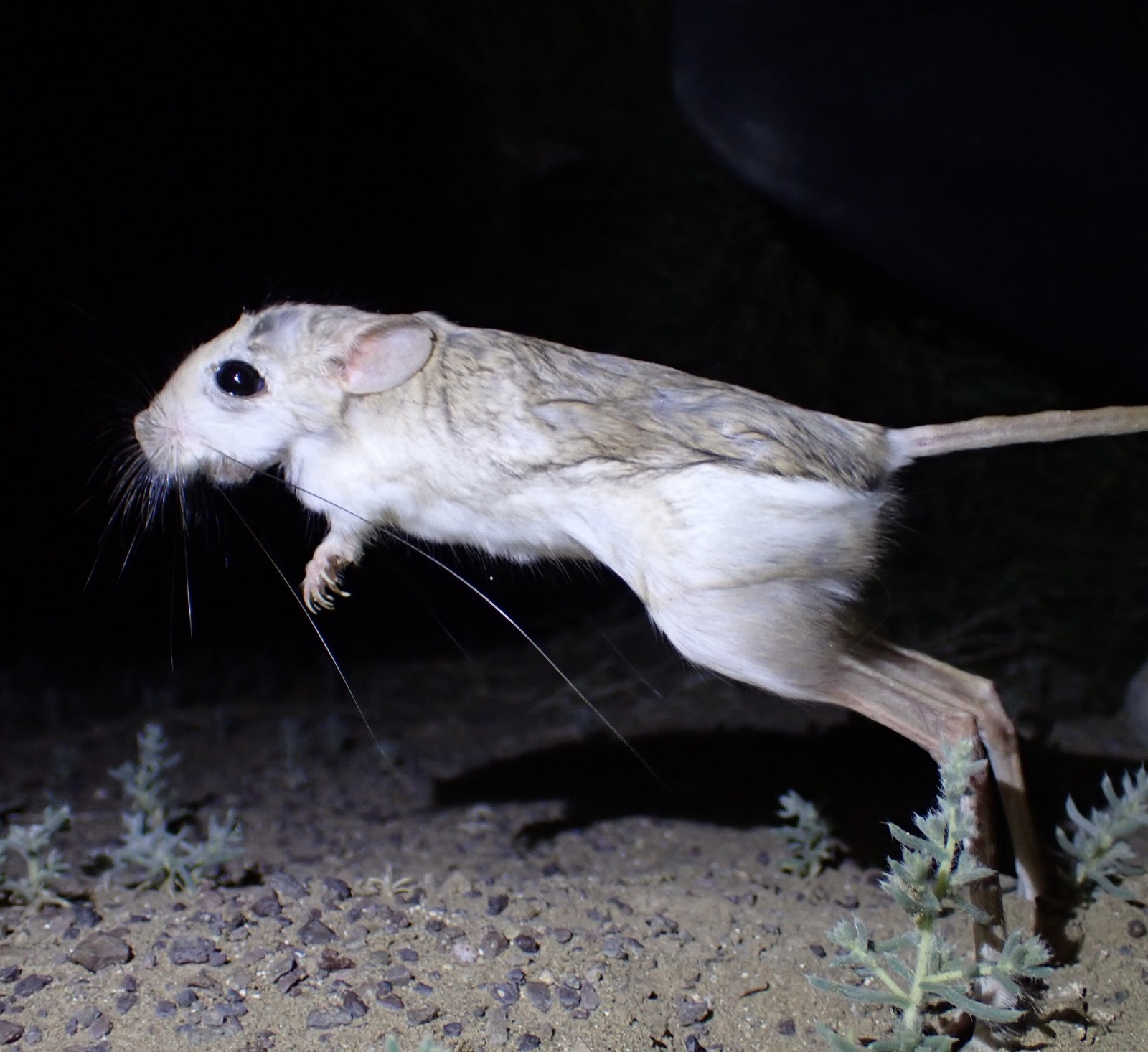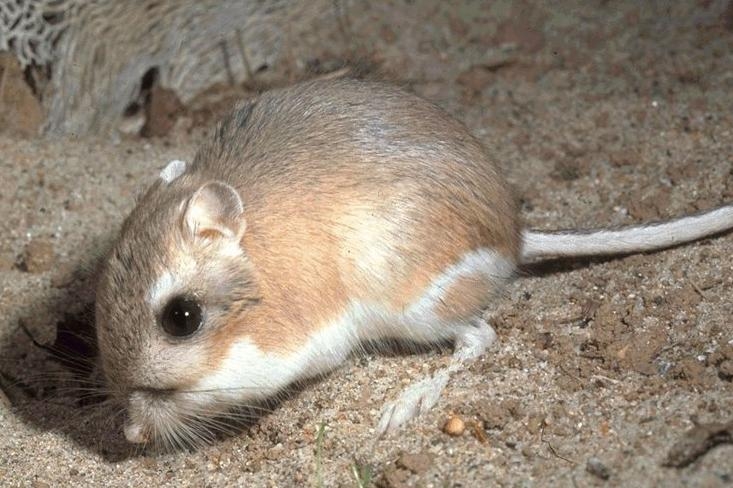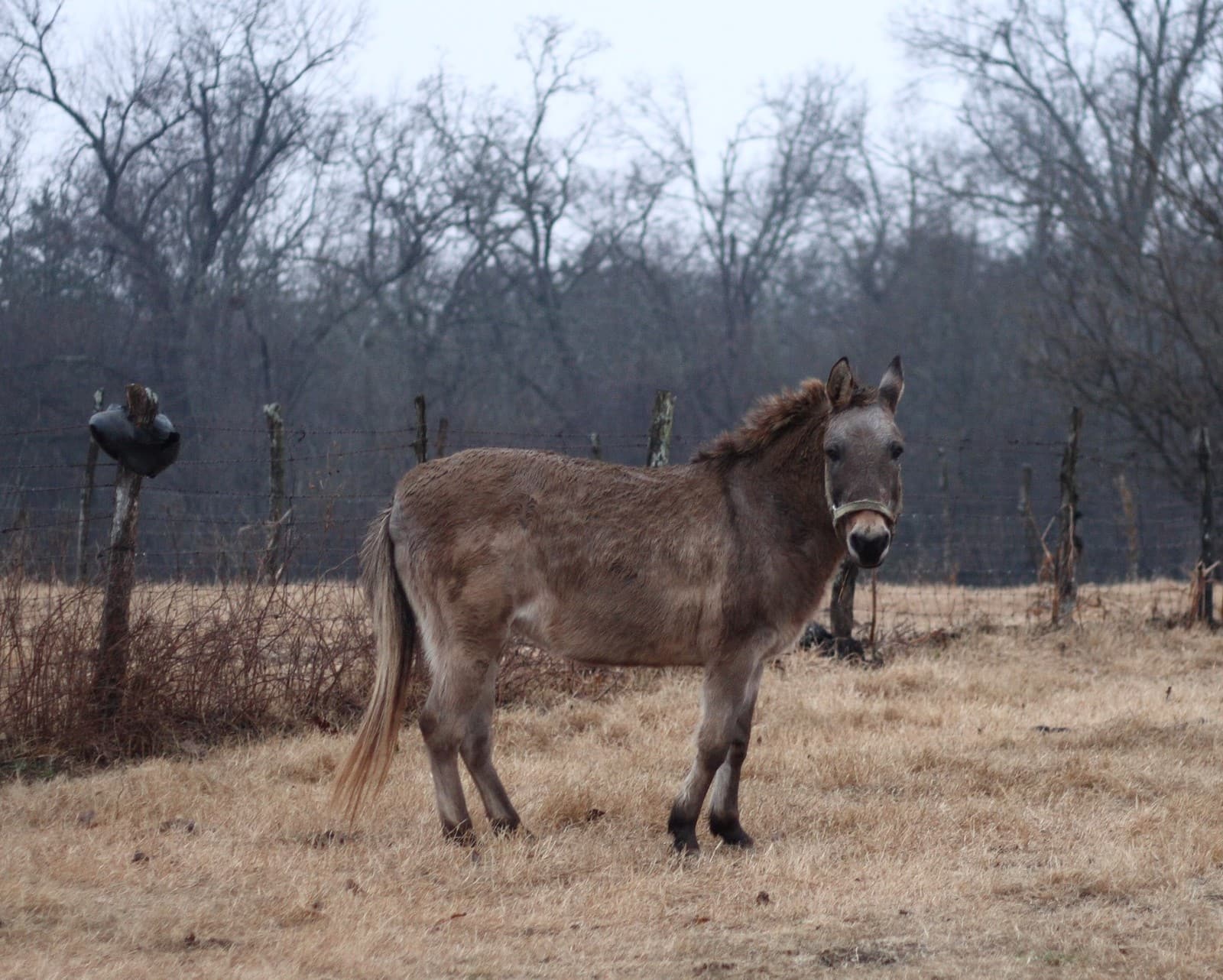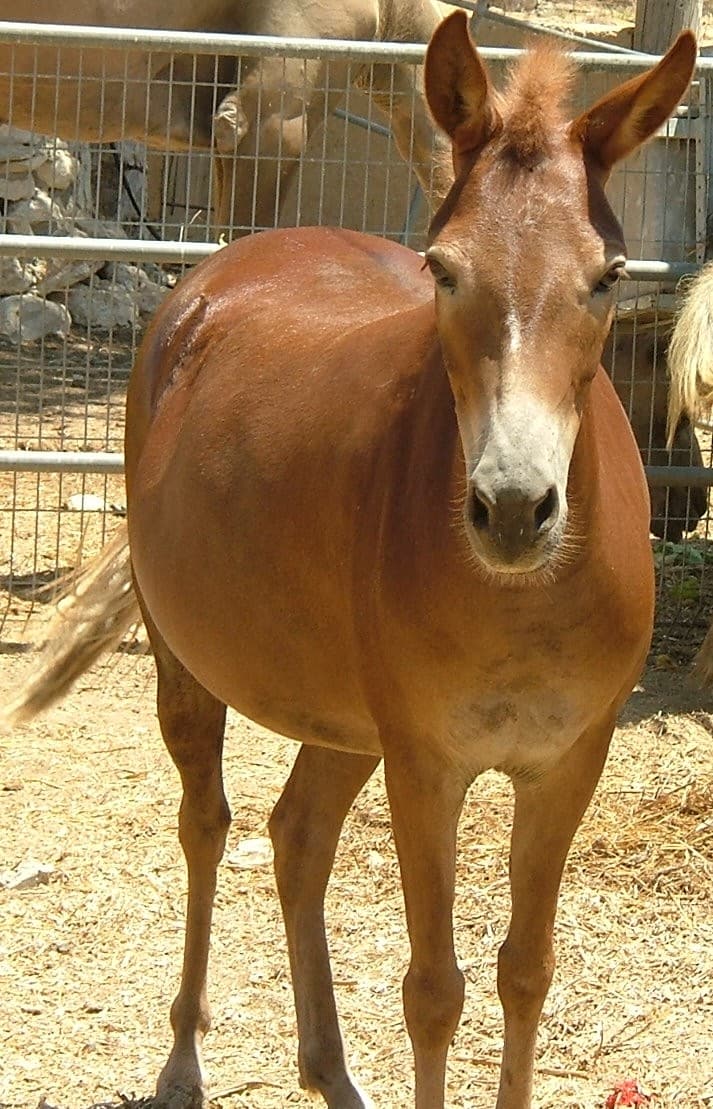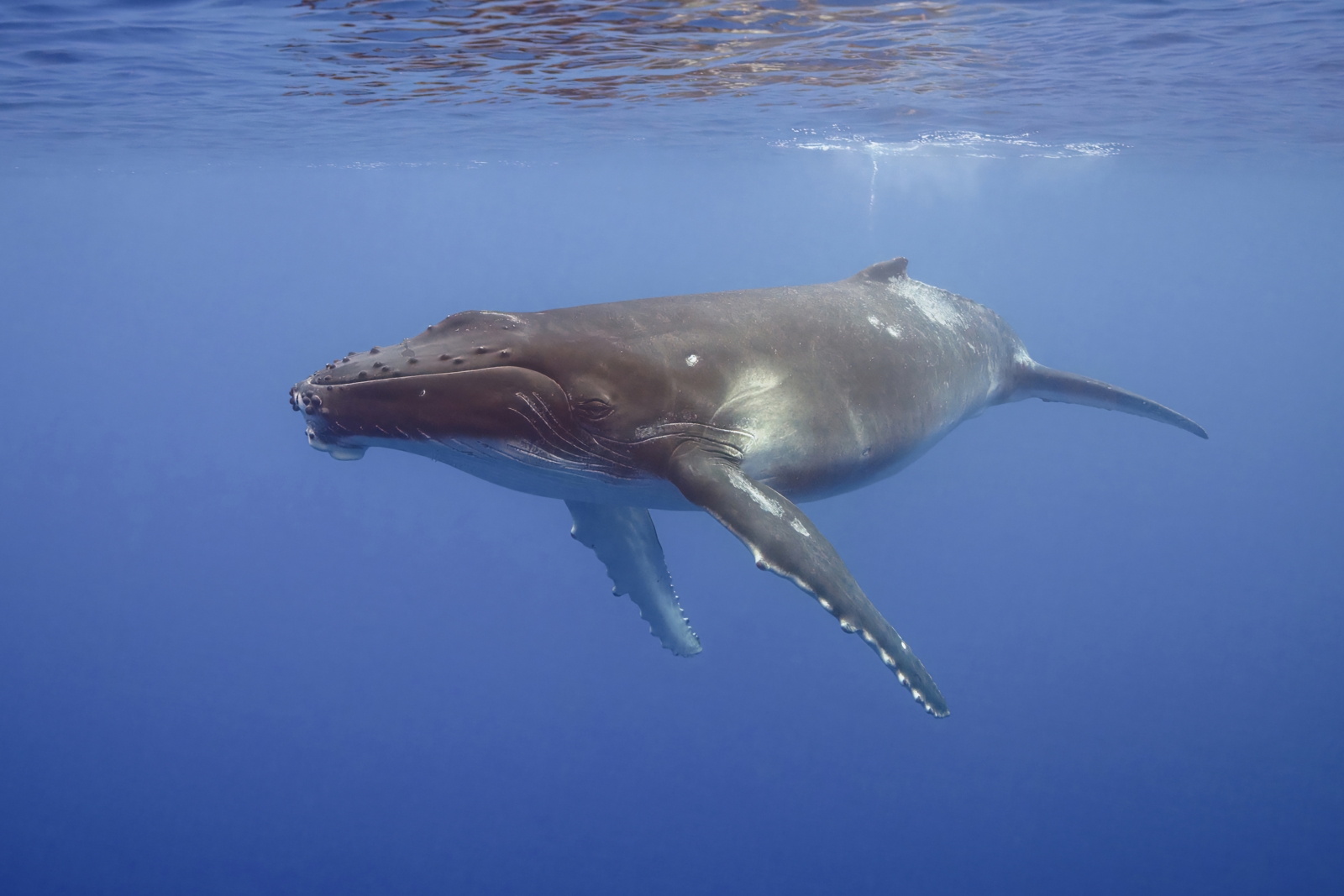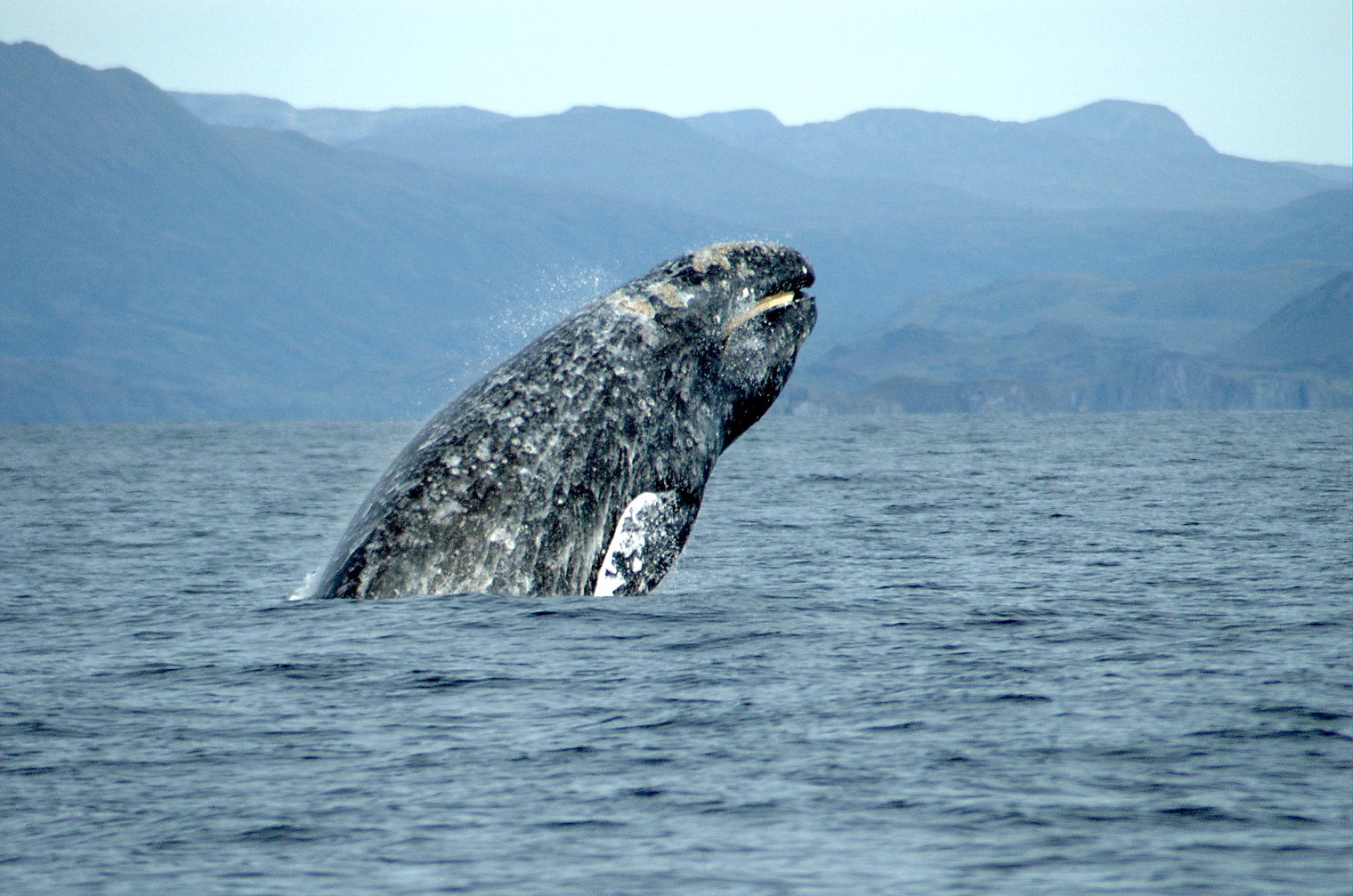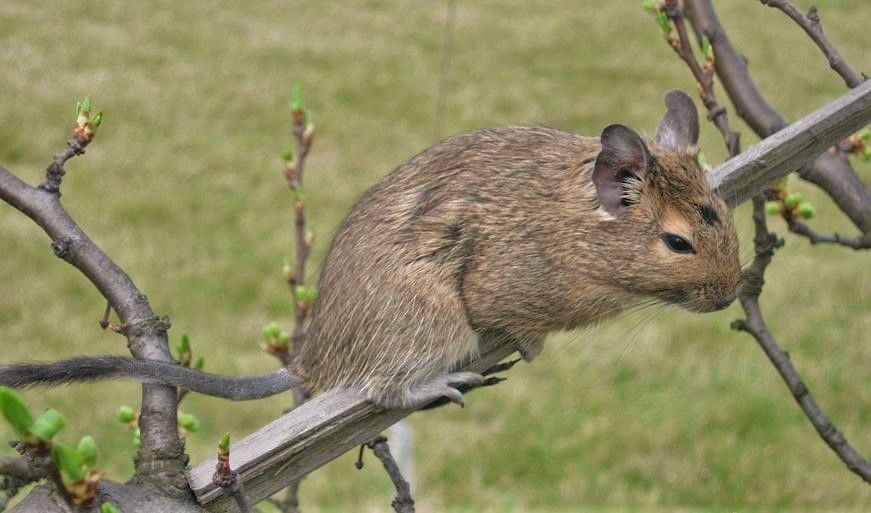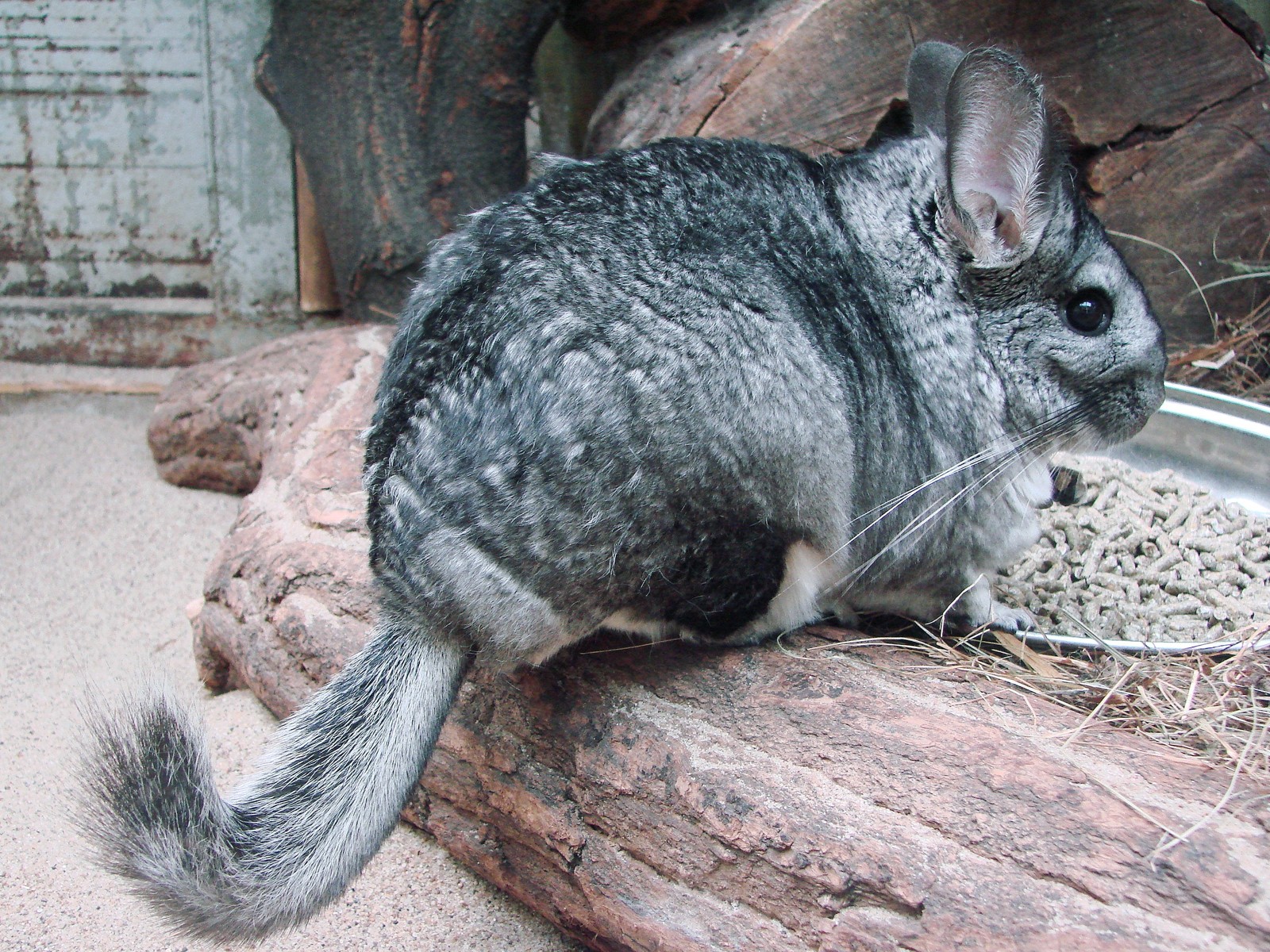Quokka vs Pademelon: A Complete Comparison
When comparing Quokka vs Pademelon, these small Australian marsupials share several characteristics but display distinct differences in size, habitat preference, and behavior. Quokkas, weighing 5.5-11 pounds (2.5-5 kg), are slightly larger than most Pademelon species, which typically weigh 3.3-15.4 pounds (1.5-7 kg).
While both belong to the macropod family alongside kangaroos and wallabies, Quokkas are known for their distinctive rounded appearance and seemingly perpetual “smile,” whereas Pademelons exhibit a more traditional wallaby-like body structure with pronounced hindquarters and smaller forelimbs.
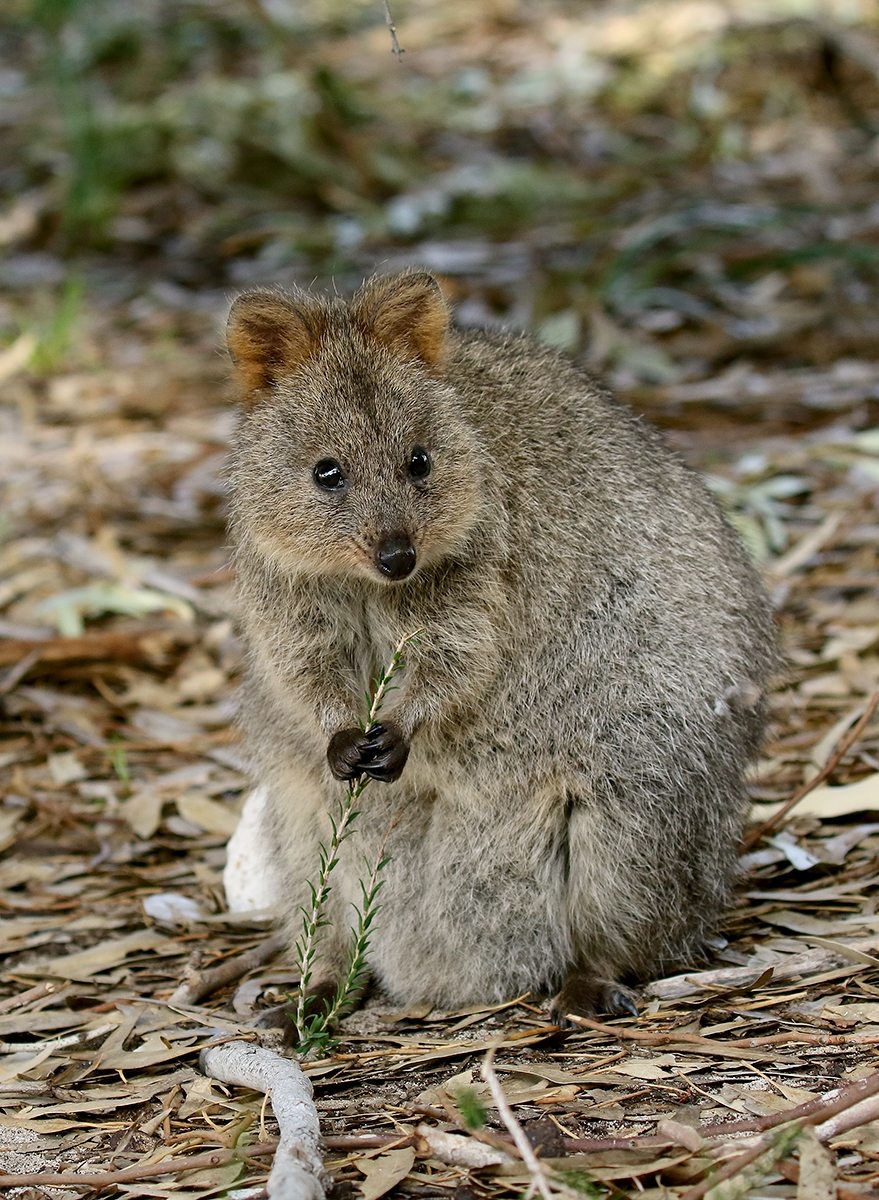
© patrickkavanagh / CC BY 2.0
The Quokka’s distinctive rounded appearance and compact body structure make it instantly recognizable among Australian marsupials. Their adaptability to both ground dwelling and climbing sets them apart from many other macropods.
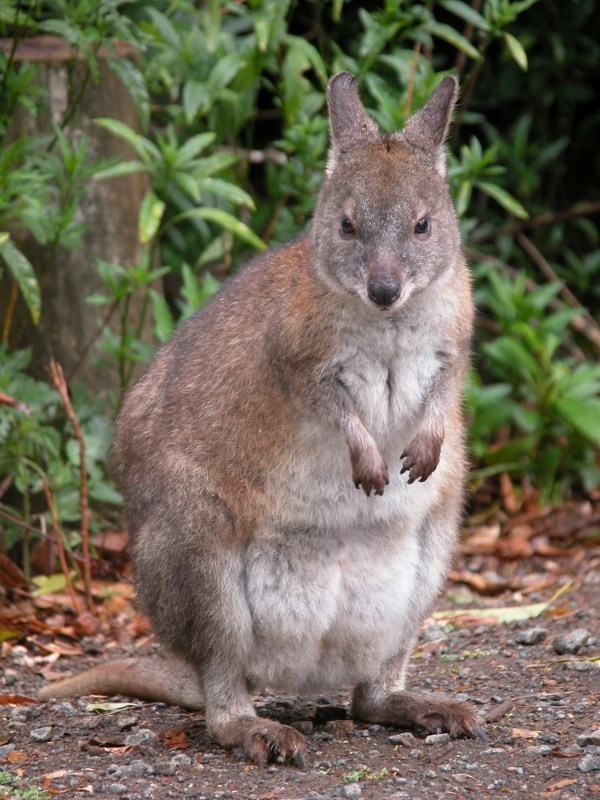
© / CC BY-SA 3.0
Pademelons showcase the classic wallaby body structure with powerful hind legs and a more elongated face. Their streamlined form allows them to navigate efficiently through dense forest undergrowth.
Key Differences Between Quokka and Pademelon
| Feature | Quokka | Pademelon |
|---|---|---|
| Size | 16-21 inches (40-54 cm) | 20-30 inches (50-76 cm) |
| Weight | 5.5-11 pounds (2.5-5 kg) | 3.3-15.4 pounds (1.5-7 kg) |
| Habitat | Island scrubland, forest edges | Dense forest undergrowth |
| Distribution | Rottnest Island, small mainland areas | Eastern Australia, Tasmania, New Guinea |
| Social Behavior | Highly social, forms groups | Primarily solitary |
| Activity Pattern | Mostly nocturnal, some daytime activity | Strictly nocturnal |
Habitat and Distribution
Quokkas are primarily found on Rottnest Island and a few small areas of mainland Western Australia, preferring semi-arid scrubland and forest edges. Their limited range makes them more specialized in their habitat requirements compared to Pademelons, which are widely distributed across eastern Australia, Tasmania, and New Guinea, thriving in rainforest understory and wet sclerophyll forests.
Behavioral Differences
Social Structure
Quokkas demonstrate highly social behavior, often gathering in groups of 25-150 individuals, particularly around water sources. Pademelons, conversely, maintain a more solitary lifestyle, coming together only for breeding or when feeding in particularly rich food patches.
Feeding Habits
Both species are herbivorous, but their diets reflect their distinct habitats:
- Quokkas: Primarily consume grasses, leaves, and stems, with the ability to climb small trees for food
- Pademelons: Focus on forest understory plants, fungi, and fallen fruits
Conservation Status
The conservation challenges facing these marsupials differ significantly:
- Quokkas: Vulnerable, with population restricted primarily to island sanctuaries
- Pademelons: Various species range from Least Concern to Near Threatened, facing habitat loss and fragmentation
Who Would Win in a Confrontation?
While neither species is naturally aggressive, a physical comparison reveals:
- Pademelons possess stronger hind legs and greater agility
- Quokkas have more robust body structure and better climbing ability
- Both species typically avoid confrontation through flight response
In natural settings, these marsupials rarely interact due to their different geographical distributions and habitat preferences, making physical confrontations extremely unlikely.
Adaptations and Survival Strategies
Both species have evolved distinct survival mechanisms:
- Quokkas can survive on limited water through efficient kidney function
- Pademelons have developed excellent camouflage and rapid escape responses
- Both species show nocturnal tendencies, though Quokkas are more flexible in their activity patterns
These unique adaptations highlight how these similar-sized macropods have evolved to fill different ecological niches within Australia’s diverse ecosystems.
